JPMorgan Chase has quietly filed a trademark for “JPMD”, signaling a broader push into the crypto payments space. Could this be the bank’s latest move in stablecoins—or something even bigger? Here’s what investors and projects should know.
What’s Behind JPMD?
JPMorgan’s new trademark application covers a wide array of digital asset services, including:
- Trading, exchange, transfer, and payment processing
- Issuance of digital currencies and tokenized assets
- Clearing, custody, and real-time token settlement
The broad scope hints at a serious play—perhaps even a consumer-facing stablecoin slipstreaming from its existing infrastructure.
JPM Coin vs JPMD: Old vs. New
- JPM Coin: A private, institutional-dollar token launched in 2019 for interbank transfers on Quorum, processing ~$1 billion daily.
- JPMD: Trademark suggests a public-facing product—potentially a stablecoin available for payments, custody, and everyday transactions.
Why It Matters Now
- Legacy finance goes toe-to-toe with crypto-native players
Reports indicate JPMorgan, Bank of America, Citigroup, and Wells Fargo may be collaborating on a joint dollar-backed stablecoin—JPMD may be their flagship. - Regulatory momentum aligns perfectly
The GENIUS Act is nearing a crucial Senate vote, which would grant legal clarity to fully-backed stablecoins—JPMD may be ready to thrive under its rules. - From institutional to retail
With JPMorgan now allowing Bitcoin ETFs as loan collateral and enabling BTC purchases, JPMD may mark its move into mainstream digital asset services .
The Potential Impact
- For investors:
A regulated, banking-backed stablecoin could offer lower counterparty and reserve risk compared to USDT or USDC. But it may come with trade-offs in privacy and decentralization. - For crypto projects:
JPMD could become a dominant on-ramp in token economics, especially for DeFi, cross-border remittances, and tokenized assets. - For the ecosystem:
Institutional stability versus crypto-native freedom—this could trigger a new era of “approval-layered” crypto, with centralized players managing rails built on decentralization.
Bottom Line for RateEx42
JPMorgan’s JPMD filing marks a pivotal moment: traditional finance is shifting from behind-the-scenes blockchain utilities to front-and-center public innovation.
Now ask every project you review:
- Will it integrate JPMD or cluster around regulated stablecoin rails?
- How will it navigate privacy, control, and compliance trade-offs?
Because the lines between legacy banking and crypto ecosystems are blurring—and the winners will be those who adapt.



